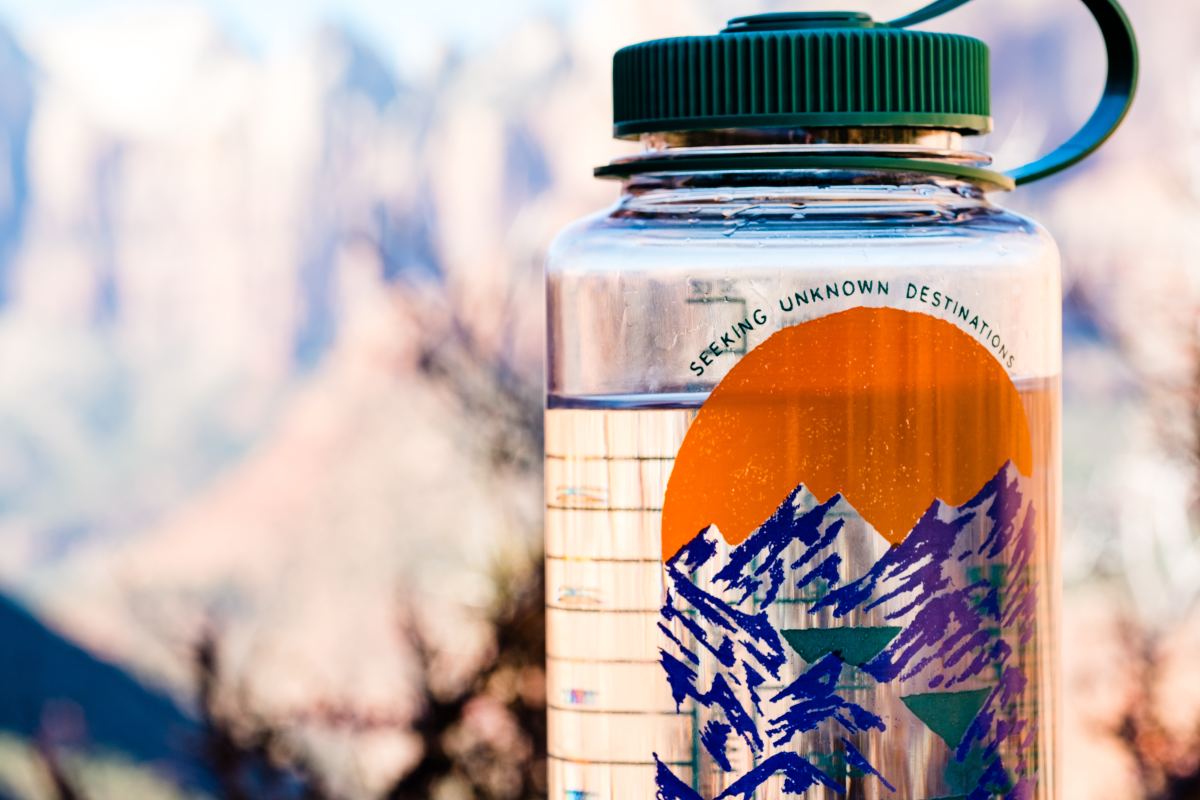6 Tips to Recover From Active Pursuits and Perform at Your Peak
- Get link
- X
- Other Apps
Whether you’re a competitive athlete, working up the nerve to try a couch-to-5K running plan for the first time, or a weekend warrior who works hard and plays harder, your body needs to recover from the demands you place on it in order to stay healthy and get stronger.

Recovery can be a tricky concept to put into practice, though, and while a lazy day of Netflix on the couch may be the first thing that comes to mind when you think of a rest day, a recovery plan should be just as well-tuned as a training plan to prevent injury and keep you feeling your best in whatever activities you’re into.
The Coolest Pieces of Gear We Tested This WeekHere are six strategies to build a recovery plan that will keep you healthy and charging.

Your mom's been treating your owies with ice packs and warm baths since you were a kid, and her wisdom still checks out all these years later. Inflammatory injuries like sprains and torn muscles can benefit from the reduced blood flow that cold therapy triggers, while heat therapy can loosen tissues and stimulate healing blood flow to overuse injuries and achy joints.
Combining cold and heat therapy can be a valuable ongoing recovery technique, even in the absence of injury. Part of Laird Hamilton's training program involves post-workout recovery sessions spent alternating between a -30 degrees Fahrenheit ice bath and a 200-degree Fahrenheit sauna, for example—and if you know aything about Laird Hamilton, then you know that whatever he's doing appears to be working.
"This process of circulating between extremely hot and cold temperatures supercharges your circulation which can help accelerate recovery by moving the metabolic byproducts of cellular breakdown (due to intense training) out of your muscles and into your body's lymph system for recovery," says Jeff Urban, PhD.
Try it out for yourself at the gym if yours has a sauna, or even at home by alternating between the hottest and coldest temperature shower you can handle.
Photo: Courtesy of Abigail Lynn/Unslash
While the pre-workout carbo load often takes center stage, what we eat before and after exercise can play a huge part in our recovery as well. For example, the antioxidants in tart cherries and blueberries have been found to reduce delayed onset muscle soreness (DOMS) and inflammation.
Antioxidant properties in dark-colored fruits such as berries and plums are also likely to produce similar benefits. Leafy greens and cruciferous vegetables like broccoli and cauliflower, meanwhile, boast anti-inflammatory properties as well as antioxidants, further aiding in the prevention of DOMS and aiding in overall recovery.
Blend up berries and cherries with a few handfuls of spinach or kale and some almond milk (dairy can interfere with antioxidant absorption when consumed at the same time) to get a daily dose of an all natural, drug-free NSAID as part of your regular recovery routine.
Photo: Courtesy of Joanna Kosinska/Unsplash
Amid all the fancy electrolyte replacement drinks, energy drinks and recovery drinks, don't lose sight of the value of good old fashioned H2O before, during and after exercise to ensure proper hydration and efficient recovery.
Proper hydration levels ensure adequate blood plasma volume, which in turn allows for maximum delivery of freshly oxygenated blood to the muscles—a necessary function of muscle recovery.
Up your water intake by making it part of your routine: In addition to what you normally drink as part of your training regimen, add in a full pint glass when you brush your teeth in the morning, when you have lunch, and when you close out your work day to get an extra 48 ounces every day.
Photo: Courtesy of Alan Carrillo/Unsplash
Tom Petty once said, that if "If you never slow down, you never grow old," and while that isn't entirely true, there's a fair amount of research to back the idea that recovering from a high intensity workout with a lower intensity workout will actually do more for your recovery than complete rest.
"I hop on a bike for about 20 minutes to flush my legs out," said snowboarder Chloe Kim of how she employs active recovery after her typical multi-hour snowboarding workouts. A 2010 study published in the Journal of Sports Sciences reports that "high-intensity exercise training contributes to the production and accumulation of blood lactate, which is cleared by active recovery."
Put this to use in your own training by chasing your hardest workouts—whether later that day or the following day—with an activity that uses the same major muscle groups, performed at about half of your maximum effort. A mellow hike, walk, bike ride, or paddle can all be great options.
Photo: Courtesy of Patrick Fore/Unsplash
It's not rocket science: Train hard, rest hard, repeat. The National Sleep Foundation reports that during the restorative phases of sleep, blood pressure drops, blood flow moves to the muscles, tissue is repaired, and hormones—including human growth hormone—are secreted.
While the standard eight hours per night might not feel attainable, and while the needs of every body and every training plan can vary widely, figuring out how much sleep you need and making it a priority is an invaluable strategy for staying healthy.
Wearables like the Apple Watch help users track the quantity and quality of their sleep, while the Whoop strap goes so far as to prescribe a recommended amount of sleep each night based on daily exertion and sleep totals from previous nights. Develop some healthy sleep habits and consider a solid night in the sack part of your overall training and recovery plan.
Photo: Courtesy of Andres Urena/UnsplashThe post 6 Tips to Recover From Active Pursuits and Perform at Your Peak appeared first on Men's Journal.
from Men's Journal Latest Health & Fitness News https://ift.tt/3aHabSr
- Get link
- X
- Other Apps
Comments
Post a Comment